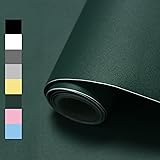Appendix B Rule 26-708
Appendix B Rule 26-708 The Standard for wet location cover plates is CSA C22.2 No. 42.1. The cover plates required for the receptacle configurations identified in Rule 26-708 2) are designed to be suitable for use in wet locations whether or not a plug is inserted into the receptacle, i.e., tested for resistance to moisture […]
Read more →





